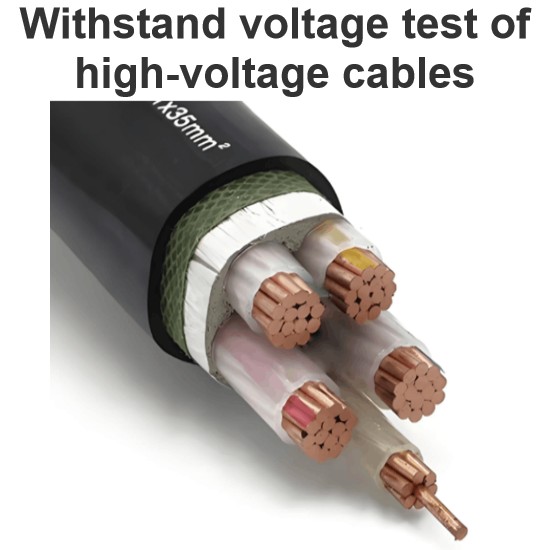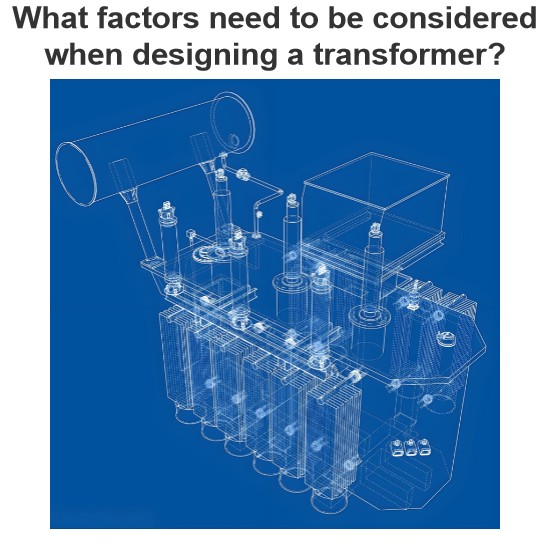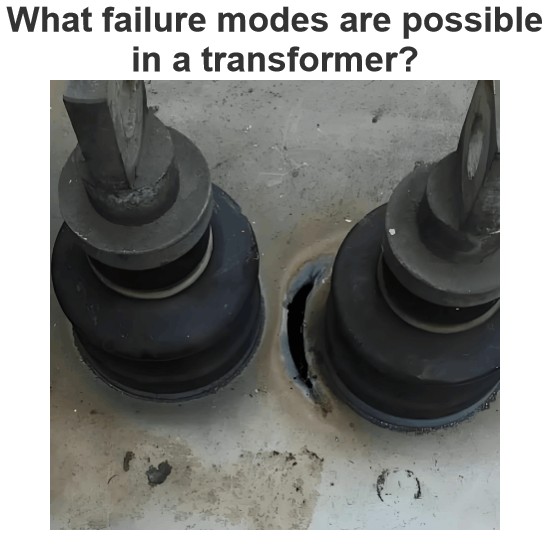| Brand | Wone Store |
| Model NO. | LMR-0.72 Current transformer |
| Rated frequency | 50/60Hz |
| Rated current ratio | 100/5 |
| Series | LMR |
Product Overview
MR-0.72 Current transformer is used indoor with rated voltage below 0.66kV,it is widely used for measuring current, electric energy and protective relaying in the power system with the rated frequency 50Hz,epoxy resin casting current transformer adopts fixing busbar installation.
Feature
Precise Current Measurement:Optimized for 0.72kV low-voltage systems, featuring high-permeability cores and precision windings. Achieves 0.2S accuracy class with excellent linearity, ensuring reliable current transformation for metering and protection applications.
Environmental Resilience:Fully encapsulated in epoxy resin, resisting dust, moisture, and oil. Operates reliably from -25°C to 55°C with ≤95% humidity, ideal for industrial and commercial indoor environments.
Robust Insulation:High dielectric strength withstands 0.72kV rated voltage and transient overvoltages. Ultra-low partial discharge (<10pC) minimizes aging, extending service life and ensuring safety.
Space-Efficient Design:20% smaller footprint than conventional models, with lightweight construction. Simplifies installation in compact switchgear and distribution panels while reducing logistical costs.
Technical Date
Rated secondary current:5A、1A
Power frequency withstand voltage: 3kV.
Rated frequency: 50/60Hz
Installation site: indoor
Standards: IEC60044-1.2003 /GB1208-2006
Specification

Outline drawing







